Archives
- 2025-11
- 2025-10
- 2023-07
- 2023-06
- 2023-05
- 2023-04
- 2023-03
- 2023-02
- 2023-01
- 2022-12
- 2022-11
- 2022-10
- 2022-09
- 2022-08
- 2022-07
- 2022-06
- 2022-05
- 2022-04
- 2022-03
- 2022-02
- 2022-01
- 2021-12
- 2021-11
- 2021-10
- 2021-09
- 2021-08
- 2021-07
- 2021-06
- 2021-05
- 2021-04
- 2021-03
- 2021-02
- 2021-01
- 2020-12
- 2020-11
- 2020-10
- 2020-09
- 2020-08
- 2020-07
- 2020-06
- 2020-05
- 2020-04
- 2020-03
- 2020-02
- 2020-01
- 2019-12
- 2019-11
- 2019-10
- 2019-09
- 2019-08
- 2019-07
- 2019-06
- 2019-05
- 2019-04
- 2018-11
- 2018-10
- 2018-07
-
pilocarpine hcl br Acknowledgements br Introduction Protein
2020-11-30

Acknowledgements Introduction Protein–tyrosine phosphorylation, catalyzed by protein–tyrosine kinases and protein–tyrosine phosphatases, has a pivotal role in the regulation of a wide variety of cellular processes. Similar numbers of tyrosine kinases and tyrosine phosphatases are encoded by th
-
Astrocytes play a key role
2020-11-30
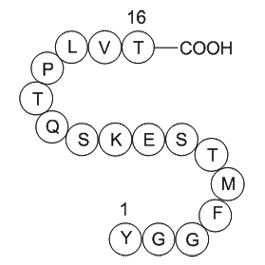
Astrocytes play a key role in the brain, as these cells are involved in fluid, ion, pH, and neurotransmitter homeostasis, synapse function, energy and metabolism and blood-brain barrier (BBB) maintenance (Sofroniew and Vinters, 2010). PA is able to activate different damaging responses in astrocytes
-
We report here that ESCL protein exhibits
2020-11-30
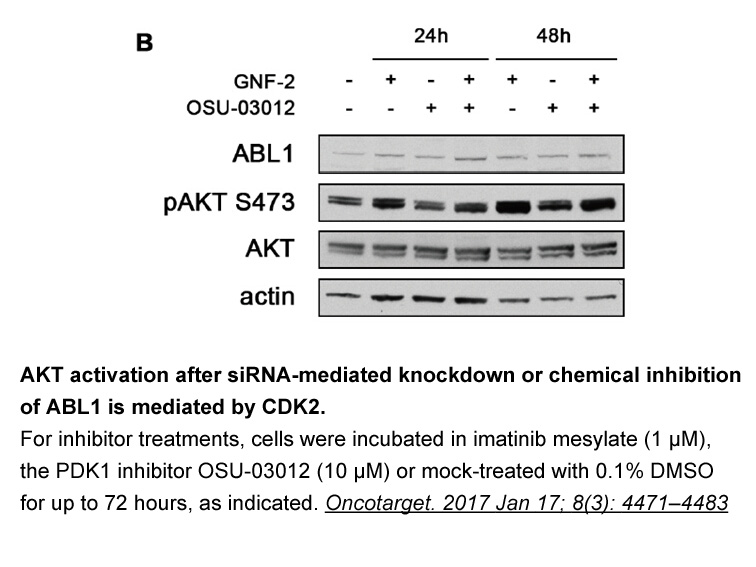
We report here that ESCL protein exhibits a temporal expression profile that is complementary to that of ESC, including substantially higher levels of expression during larval and adult stages than embryogenesis. We show that ESCL, like ESC, binds directly to E(Z) via its WD repeats and is physicall
-
An Emerging Role for the EphrinB
2020-11-30
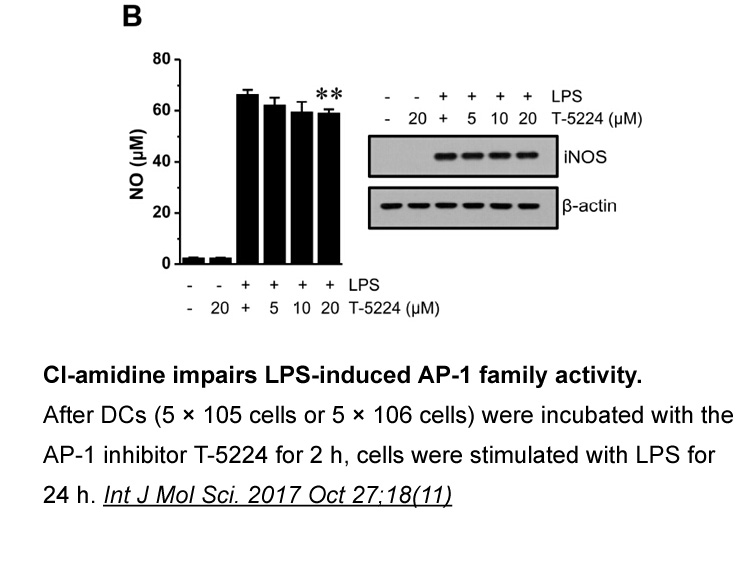
An Emerging Role for the EphrinB2-EphB4-RASA1 Signaling Axis in Human Congenital Cerebrovascular Disorders Normal vascular development includes de novo blood vessel formation from endothelial cells (ECs) (vasculogenesis) 1, 2, expansion of the network through vessel sprouting, splitting, and remode
-
Based upon these findings on portions A and B
2020-11-30
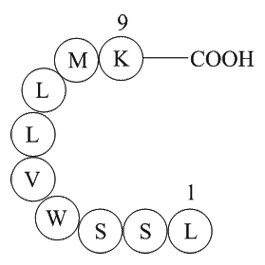
Based upon these findings on portions A and B, novel scaffolds of EP4 antagonist, and (R & R=()-Me; =Cl; R=H), shown in , were identified. We next focused on optimizing portion C of these scaffolds. We utilized for an alternative synthesis of nicotinamide scaffold , which is quite effective for der
-
Neonatal hydronephrosis induced by TCDD
2020-11-30
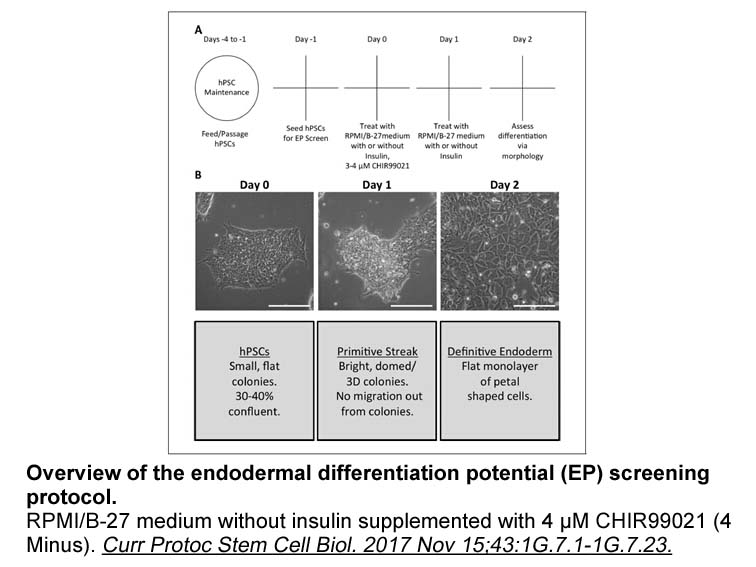
Neonatal hydronephrosis induced by TCDD exposure via lactation has a critical window for onset: the incidence of this disease peaks around PNDs 1–4, followed by a rapid decrease to a substantially null level in adulthood (Couture-Haws et al., 1991; Yoshioka et al., 2016). The EP1 protein was localiz
-
br Acknowledgements This study was financially supported by
2020-11-30

Acknowledgements This study was financially supported by the National Special Research Programs for Non-Profit Trades (Agriculture) (Grant No. 201303045) and the Basic Foundation for Scientific Research of the State-level Public Welfare Institutes of China (Grant No. 2013JB10). Introduction L
-
Materials and methods br Results
2020-11-30
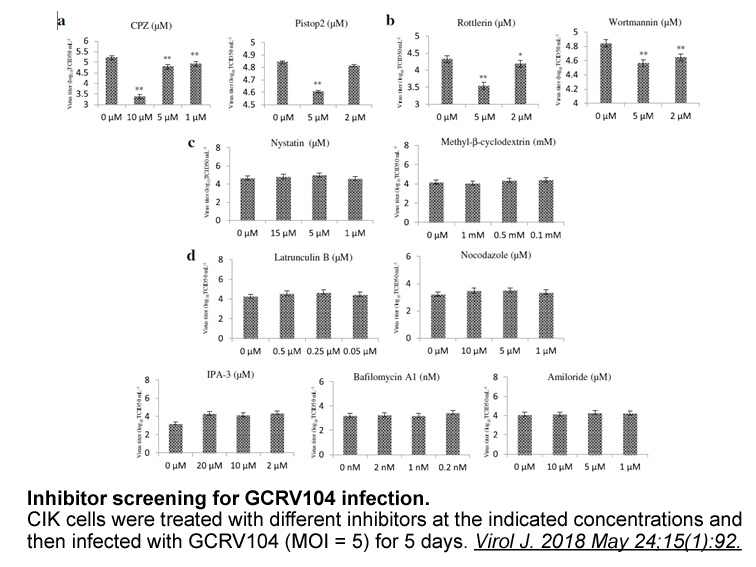
Materials and methods Results Assay of botulinum toxin activity is critical for the risk-assessment, diagnosis, and treatment of botulism cases. The frequently encountered active forms of the toxin are; L chain (inside intoxicated neuronal cells), BoNT (in the blood stream of a botulism patient,
-
Environmental cues such as microbial dietary
2020-11-30
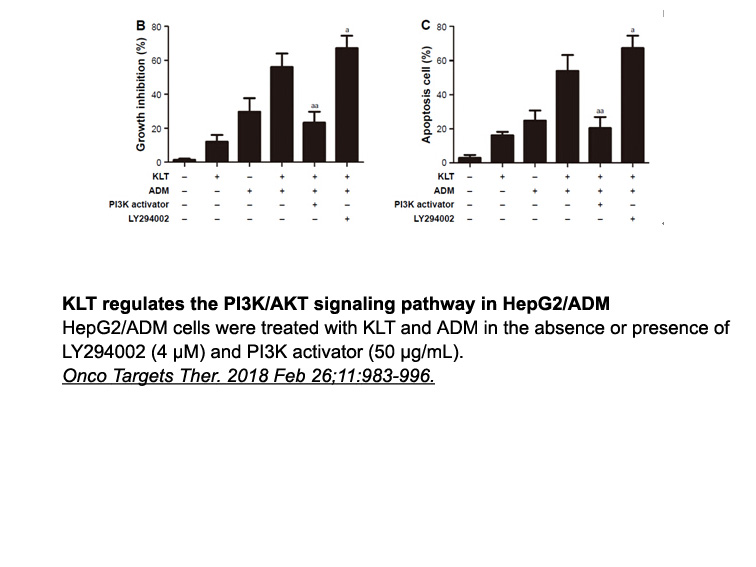
Environmental cues, such as microbial, dietary, and neuronal signals, regulate the differentiation and function of ILC3s. However, the identities of any additional cues and the receptors that detect them remain unknown. An important class of proteins enabling cells to sense extracellular cues are G-
-
Tamoxifen Introduction Infection of cells by microorganisms
2020-11-30
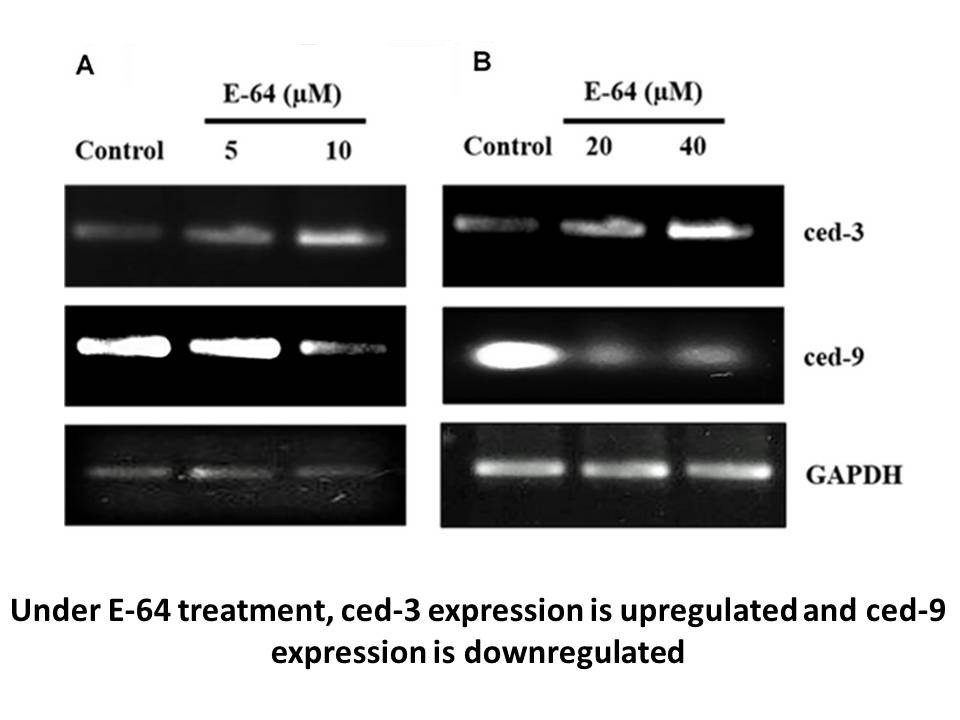
Introduction Infection of Tamoxifen by microorganisms activates the inflammatory response. The initial sensing of infection is mediated by innate pattern recognition receptors (PRRs)including Toll-like receptors(TLRs) (Kawai and Akira, 2010; O’Neill et al., 2013).Toll-like receptor 4 (TLR4) is one
-
The interface between the E ligase and the E
2020-11-28

The interface between the E3 ligase and the E2 enzyme can vary, and ZNF451 and SP-RING ligases stabilize this interaction via noncovalent binding to a scaffold SUMO (SUMOB) on the backside of the E2 (Cappadocia et al., 2015; Eisenhardt et al., 2015; Streich & Lima, 2016). By contrast, RanBP2 does no
-
As mentioned above there are two major pathways for the
2020-11-28
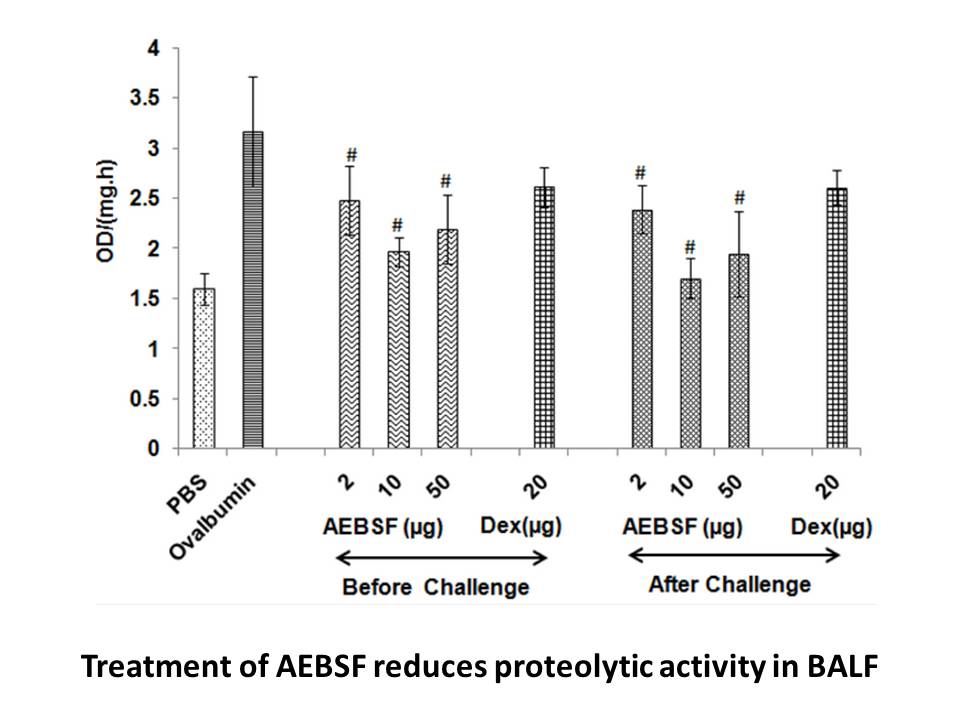
As mentioned above, there are two major pathways for the DSB repair in mammalian cells, NHEJ and HR/HDR (homology-directed repair) [13], [51]. NHEJ is active throughout the cell cycle, predominately during the G0 and G1 phases and is considered the major pathway for the DSB repair in human cells [52
-
Cathepsin S inhibitor As the first allotetraploid fish in th
2020-11-28

As the first allotetraploid fish in the world, our lab selectively breed the allotetraploid hybrid fish (4nAT, 4n = 200) from the distant hybridization offspring F3 of female Red Crucian Carp (Carassius auratus red var., abbreviated as RCC, 2n = 100) and male Common Carp (Cyprinius carpio L., abbrev
-
Substituents at the C position
2020-11-28
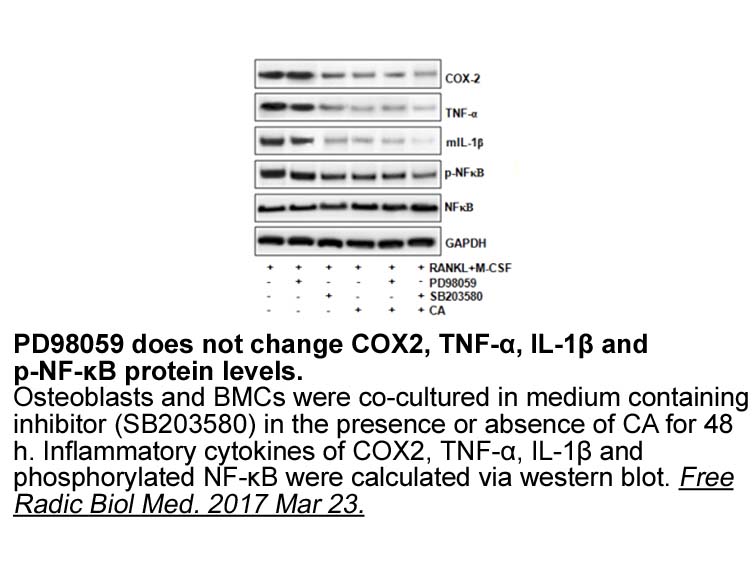
Substituents at the C11 position — An oxygen-containing substituent at the C11 position also affects the catalytic activity of Δ1-KSTDs. The Δ1-KSTDs from the Gram-positive bacteria R. equi [29], N. simplex ATCC 6946 and IFO 12069 [48,49,52], and R. rhodochrous IFO 3338 [27] were able to 1(2)-dehydr
-
Introduction Formate dehydrogenase enzymes FDHs are a
2020-11-28
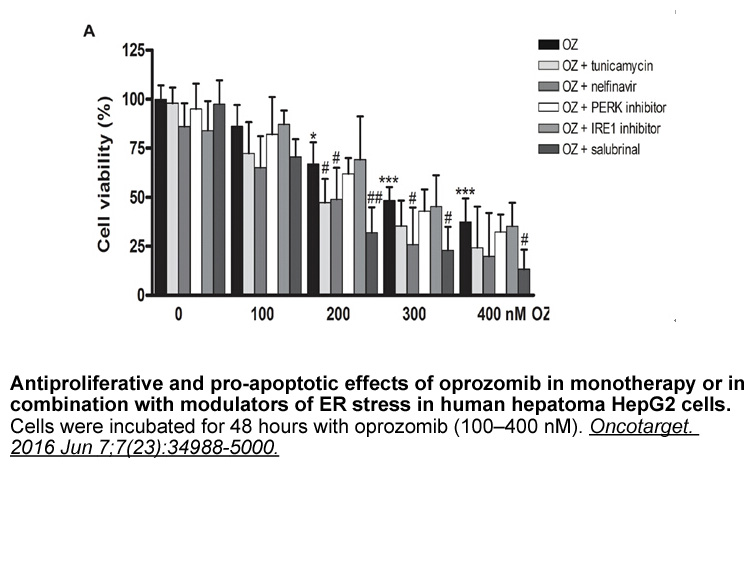
Introduction Formate dehydrogenase enzymes (FDHs) are a group of heterogeneous proteins that catalyse the reversible formate () oxidation to carbon dioxide () (Eq. (1)). These enzymes are classified in two families, one gathering the enzymes that hold no redox-active centres and another that includ
11293 records 435/753 page Previous Next First page 上5页 431432433434435 下5页 Last page